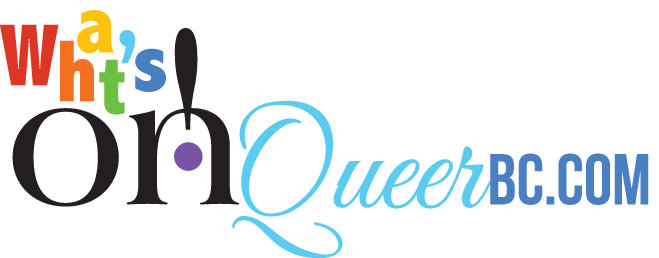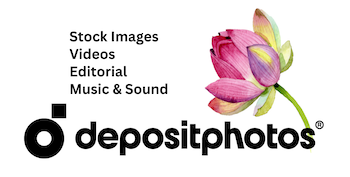Building Inclusive Workplaces: Key Ways HR is Leading the Charge
In recent years, human resources have gone through an evolutionary shift, putting the spotlight on inclusion and diversity. With enterprises becoming increasingly global and interlinked, an inclusive workplace is no longer just a moral imperative but a strategic one as well. Deloitte research suggests that diversity and inclusion lead to better business outcomes, helping organizations realize that a diverse workforce fuels innovation, enhances performance, and helps capture the best talent. Here are six ways the HR industry is becoming more inclusive:
Exploring New Recruitment Strategies
One of the most straightforward ways the human resources sector embraces inclusivity has been through the improvement of the hiring process. Firms are expanding their talents from underrepresented groups to ensure that they capture a batch of diverse experiences, backgrounds, and perspectives. Many organizations have created diversity hiring initiatives, including partnering with educational institutions and community organizations to recruit diverse talent. This also involves blind recruitment where identifying information is taken off the résumé to avoid unconscious bias in hiring. This enables hiring managers to be in a position to pay closer attention to the skills and qualifications of candidates rather than gender, race, or age.
Creating Inclusive Onboarding Programs
Inclusion does not stop at recruitment. Another very important area where HR is currently developing concerns onboarding. An inclusive onboarding program would be designed to make the new employees welcome, valued, and supported from the very first day. These would likely be designed with mentorship opportunities, thorough diversity training, and explicit communication about the organization's values concerning inclusivity. Companies are creating a culture of belonging in which new recruits will actually be empowered to thrive because of personalized onboarding experiences that take into consideration and respect every individual because of their uniqueness.
Implementing Sophisticated Technologies
The rise of artificial intelligence and other technologies has played a significant role in fostering diversity in HR. With unbiased recruitment, AI-powered tools apply objective analysis to candidate data. Using AI in recruitment is recommended to streamline the process while reducing human errors and biases that often influence hiring decisions. With these tools, human resources professionals will engage more in skill-based evaluation instead of human judgment that may be biased. AI can also be used to monitor the practice at the workplace that arises as a pattern of exclusion and provides data-driven insight into just how inclusive an organization really is. It means businesses, with such advanced technologies, can take a major stride toward ensuring equitable hiring and employment practices.
Promoting Workplace Accessibility
Accessibility in the workplace has become an important feature of inclusion in human resources. More and more, companies are making deliberate efforts to ensure that physical and digital spaces work for all. Examples include assistive technologies, flexibility in work scheduling, and office structure modifications. Besides the legal necessity in many countries and locales, many progressive companies create access for the needs of all employees, including people with disabilities, through whatever resources might be necessary to make them successful. Accessibility concerns are often the first way companies show that they are truly inclusive.
Establishing Employee Resource Groups
Employee Resource Groups (ERGs) have become a vital tool for fostering inclusivity within organizations. An ERG is an employee-led and voluntary group of individuals bonded by identity attributes, experiences, or interests. They support underrepresented groups, help professional development, and allow community building within the workplace. HR departments are increasingly encouraging the formation of ERGs to give employees a platform to voice their concerns and ideas, thereby driving change from within the organization. In fact, these groups are quite valuable assets to the company in terms of providing insight into ways to improve the policies and practices to be more accommodating to a diverse workforce. In many instances, ERGs give the key motivation to build an inclusive corporate culture.
Cultivating Inclusive Leadership
There cannot be diversity and inclusion without strong leadership in a company. Therefore, human resources specialists provide training for inclusive leadership that will help managers and executives understand why diversity is important and how it can make the work environment more inclusive. It is not just about learning unconscious bias and inclusive language; it also means knowing how to lead a culture where every employee feels valued and respected. Through inclusive leadership, companies ensure that inclusivity is core to the entity of organizational culture and trickles down to every level of the business.
In conclusion, the human resource industry is actively working towards inclusivity, using different strategies to make sure workplaces are inclusive for all employees regardless of their background. From the expansion of recruitment strategies to the use of new technologies, HR professionals are rewriting the corporate approach to diversity and inclusion. The industry is setting the stage for fair and innovative workplaces through accessible work environments, employee resource groups, and inclusive leadership. With these HR trends growing and continuing to unfold, we can be certain that inclusivity will remain a central focus in the future.









